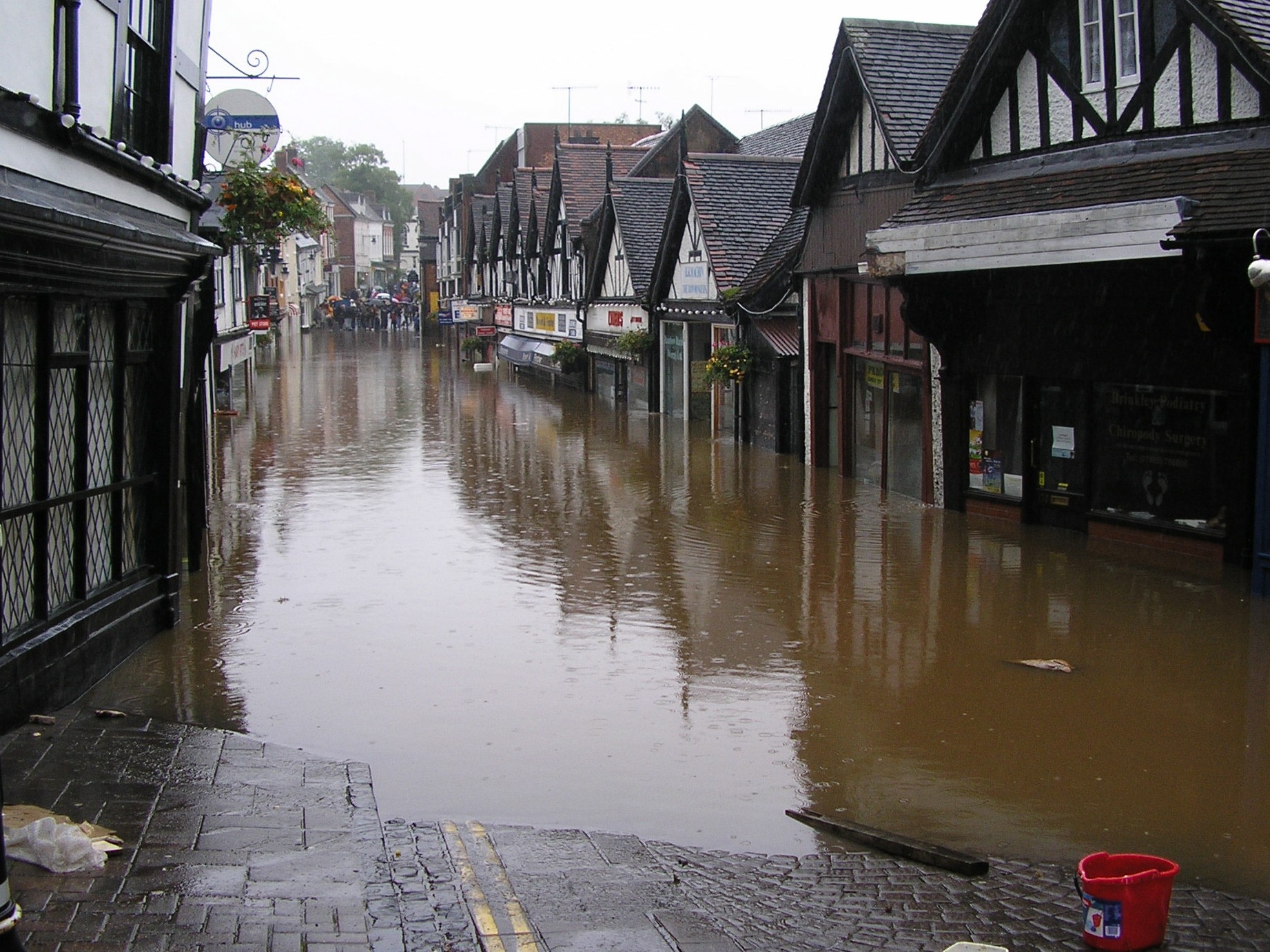“Please Don’t Make It Worse”: PRESS RELEASE
Flood Resilience Campaigner Calls for a New Code of Community Kindness During Flood Events

According to the Environment Agency, around 4.6 million properties in England are at risk of surface water flooding. In fact, there are now three times as many properties at high risk of flooding from surface water than from rivers and the sea.
Almost anyone can be flooded from surface water; yes, even those who smugly tell me that they live on a hill. I’ve been in many flooded homes on hills!
I recently moved house and now live at the top of a steep hill. My new neighbour said to me: ‘’One day, I’ll tell you about how, during a heavy rainstorm, water came cascading down my drive and we were millimetres away from flooding indoors.” It certainly gave me food for thought and I’ve since made plans, should that situation happen again.
When we think about floods, most of us picture cold, grey winter months. But think again: a quick five minutes on Google reveals an alarming number of recent devastating summer floods.
The Summer of 2007 is one that many of us remember: 55,000 homes flooded (including mine), and some people were sadly displaced for over two years. Two thirds of the properties were affected from surface water flooding.
There’s also the Boscastle floods in August 2004, the widespread floods of June and July 2012, the Birmingham floods of 2018, and more recently in July 2023, when significant surface water flooding occurred in Derbyshire and the West Midlands, with 15 commercial properties flooded in Derbyshire and an estimated 80 properties flooded in the West Midlands. Other counties, such as Lancashire, Cumbria, Merseyside, Wrexham, Flintshire, Cheshire, and South Yorkshire also saw widespread disruption to transport networks.
Like it or not, our world’s climate is changing – and this isn’t just about droughts or fires. It’s about flooding too.
We are seeing longer, hotter summers which causes the ground to become extremely hard. As the earth warms up, the clouds hold about 7% more moisture for every one degree rise. So, when it rains, it rains hard.
We often hear phrases like ”A months rain fell in just an hour”. If that kind of rainfall hits hard ground, it’s like falling onto concrete: it can’t soak away, the drains become overwhelmed, and our homes and business premises are on the receiving end!
That is why I passionately believe that we should all be ‘flood ready’. That means preparing in advance for what we would do should a surface water flood happen, anywhere and anytime.
Firstly, sign up for Met Office Weather Warnings
Then download my Flood-to-do-list-2025
Or watch my short film, which shows how to prepare for a flood using everyday items from around your home, How to reduce the impact of a flood on the cheap
Copyright: Mary Long-Dhonau March 2025